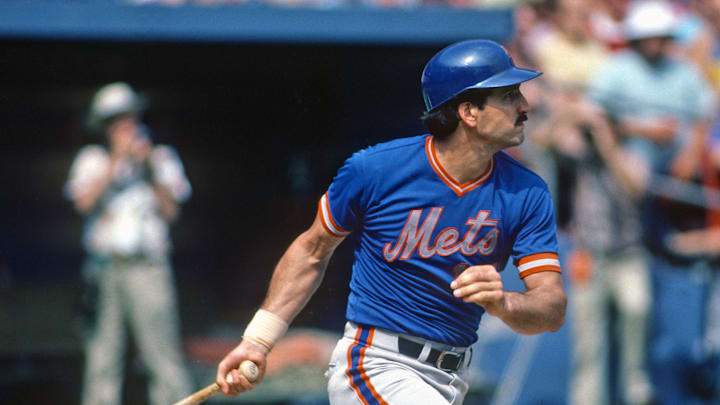How does a major league team change their fortune? In their history, the New York Mets have turned to trades for some uplifting. Free agency is a relatively new way to build a championship ball club. It didn’t come around until the late 1970s and even through much of the 1980s, star players would change uniforms based more on trades than hitting the open market.
Things have changed in today’s MLB world. There are big free agents available with trades almost appearing to be more of finishing touches or financial decisions above all else. Looking back into the Mets’ past, there were several major trades meant to change the franchise for the best. Some worked to perfection. Others became disasters.
The Keith Hernandez trade made the Mets relevant again
A multi-generational icon in Mets history thanks to his post-playing days on the broadcast, the June 15, 1983, trade with the St. Louis Cardinals for Keith Hernandez was about seizing an opportunity. Things had fallen apart in St. Louis. Hernandez was still a great player, but disagreements with Cardinals management with a heavy focus on a poor relationship with manager Whitey Herzog had them placing him on the trade block. For Neil Allen and Rick Ownbey, the Mets added superstar talent.
Immediately, the Mets were rewarded. Despite not making the postseason in 1983 or even again in 1984, the addition of Hernandez to the team was felt. He batted .306/.424/.434 in 389 plate appearances in 1983. He followed it up with an All-Star appearance in 1984 in a season which saw him finish as the MVP runner-up.
In parts of seven seasons with the Mets, Hernandez batted .297/.387/.429 with 80 home runs. He won a Gold Glove at first base every season from 1983-1988. He became a leader and one of the most beloved players in Mets history, a fact that we continued to be reminded of today. His presence in 1986 and entertaining color commentary for those who didn’t get to see him play have made him one of the rare players who might be equally as valuable as a player as a broadcaster.
